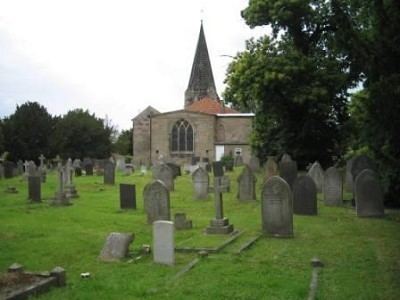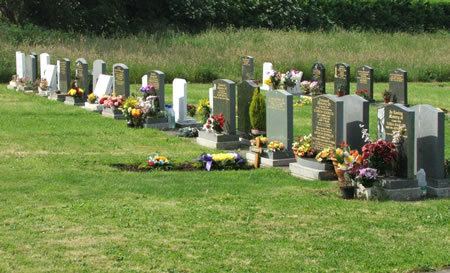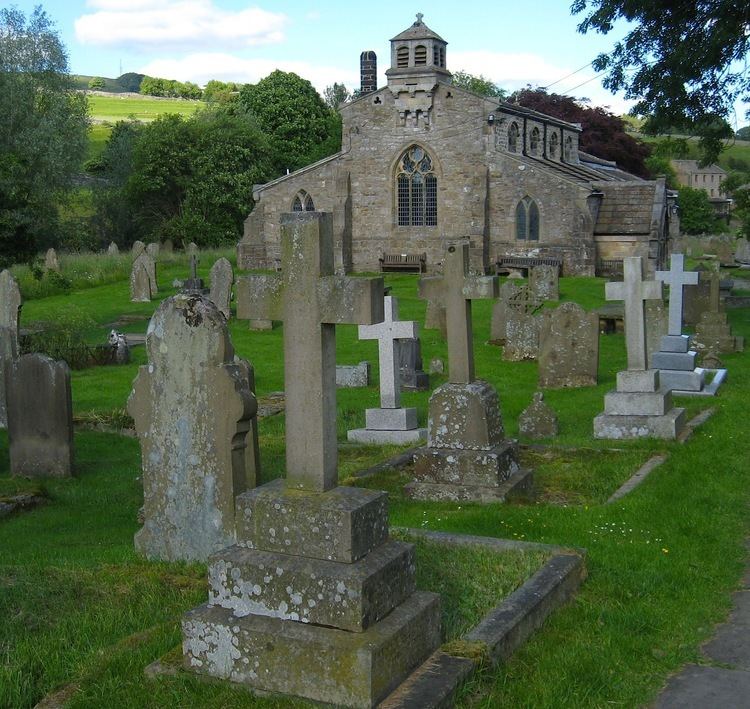Aurelio voltaire the churchyard official
A churchyard is a patch of land adjoining or surrounding a church, which is usually owned by the relevant church or local parish itself. In the Scots language or Northern English language, this can also be known as a kirkyard or kirkyaird.
Contents
- Aurelio voltaire the churchyard official
- Chris de burgh in a country churchyard
- Use of churchyards as a place of burial
- References

In England, the fact that in an open field village there were very few fenced areas meant that the yew trees needed for longbows were commonly grown in the churchyard since the foliage is poisonous to cattle.

Churchyards can be host to unique and ancient habitats because they may remain significantly unchanged for hundreds of years.

While churchyards can be any patch of land on church grounds, historically, they were often used as graveyards (burial places).
Chris de burgh in a country churchyard
Use of churchyards as a place of burial

Historically the most common use of churchyards was as a consecrated burial ground known as a graveyard. Graveyards were usually established at the same time as the building of the relevant place of worship (which can date back to the 6th to 14th centuries) and were often used by those families who could not afford to be buried inside or beneath the place of worship itself. However, many churchyards in Northwestern France and in the UK may predate the establishment of the Christian church there today. Most headstones and other memorials are of the 17th century at the earliest, as ground would often be reused for further burials and only some families could afford any memorials.

The use of churchyards as burial grounds for the deceased was diminished all over Europe in various stages between the 18th to 19th centuries due to lack of space for new headstones. In many European states, burial in churchyards was outlawed altogether either by royal decrees or government legislation for public hygiene reasons and portions of churchyards were taken in order for roads to be built or expanded. The loss of part (or all) of the churchyard, often led also to the removal and permanent loss of centuries-old graves and headstones. In some cases the human remains were exhumed and the gravestones transferred. In other cases, all headstones have been removed, to create a park-like environment, or simply to facilitate the seasonal cutting and removal of grass or weeds. In at least one case in the United States, the headstones from a churchyard in Pittsburgh were used to help form the foundation for an addition to the church fifty years after the last burial in the churchyard took place (the foundation itself unknowingly went through fifteen graves), with the churchyard itself becoming a parking lot nearly forty years after that; the churchyard was largely forgotten until PennDOT purchased the church property via eminent domain for construction of Interstate 279 and subsequently unearthed 727 graves.
Some churchyards across the world are still used as graveyards today. For example, in Britain and Denmark churchyards are commonly used in most hamlets, towns and cities, while public cemeteries is primarily seen in major towns and cities.
